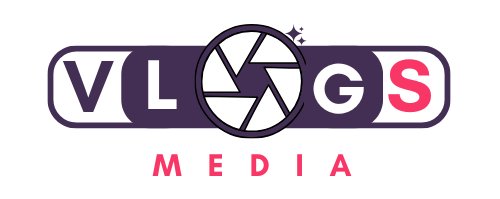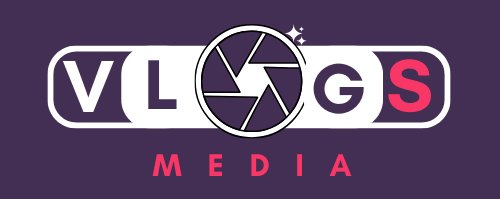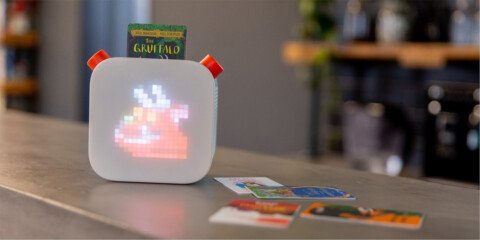Introducing solid foods to your baby is one of the most exciting milestones in the first few years of life, but it can also be overwhelming for many parents. Transitioning from breast milk or formula to solid foods is an important stage in your baby’s development. Not only does it provide the necessary nutrients for their growing body, but it also opens the door to developing healthy eating habits and exploring new tastes and textures.
However, while this journey is full of joy and discovery, it can also be accompanied by confusion and uncertainty. When should you start solid foods? What foods are the best first foods for your baby? And what tools can make this transition smoother for you and your baby? These are all common questions new parents ask. Let’s break down everything you need to know about feeding your baby solid foods and the helpful tools that can make the process easier.
When to Start Solid Foods?
The American Academy of Pediatrics (AAP) recommends exclusively breastfeeding or formula feeding your baby for the first six months of life. During this time, babies receive all the necessary nutrients they need for growth and development from breast milk or formula. At around six months, babies begin to show signs that they are ready for solid foods, such as increased interest in food, the ability to sit upright with support, and the loss of the tongue-thrust reflex (the reflex that causes babies to push food out of their mouths).
It’s important to note that every baby is different, and while six months is the general guideline, some babies may be ready a little earlier or later. Talking with your pediatrician can help determine when your baby is developmentally ready to start solid foods.

First Foods: What to Introduce?
When you start giving your baby solid foods, it’s important to offer foods that are easy to digest and safe for their developing digestive system. Most pediatricians recommend introducing iron-fortified single-grain baby cereal as one of the first foods to introduce. You can mix the cereal with breast milk or formula to create a thin consistency that is easier for your baby to swallow.
Once your baby gets the hang of cereal, you can start introducing pureed fruits and vegetables. Common first foods include:
Pureed carrots
Pureed sweet potatoes
Mashed bananas
Applesauce
Avocado
You should only offer one food at a time and wait about three to five days before introducing another new food. This will help you identify any potential food allergies or sensitivities. As your baby gets older and becomes more accustomed to solid foods, you can gradually introduce more complex textures, such as mashed or finely chopped foods.
The Importance of Texture
At about eight to ten months, babies can begin to tolerate more textured foods. At this point, your baby may be ready for soft pieces of fruit, vegetables, pasta, or scrambled eggs. This is an exciting stage when your baby begins to explore the textures of foods on their own, which can also help develop their chewing skills. During this stage, be careful to avoid choking hazards like whole grapes, popcorn, or small hard foods.
Offering a variety of textures and flavors will help your baby develop a healthy relationship with food. It will also allow them to explore the different tastes and textures that will become part of their diet as they get older.

Signs Your Baby Is Ready for Solid Foods
It’s important to look for signs that your baby is ready to transition to solid foods. These include:
Sitting upright with support: Your baby should be able to sit upright on their own or with minimal support, as this is crucial for eating.
Good head and neck control: Your baby should be able to keep their head steady and upright while sitting.
Interest in food: Babies often reach for or show curiosity about the food they are eating.
Decreased tongue thrust reflex: Babies no longer push food out of their mouths when it is placed there, signaling that they are ready for solid food.
Useful tools for feeding babies solid food
Introducing solid food requires more than just food; there are a variety of tools and tools availableaccessories that can make feeding easier, safer and more enjoyable for you and your baby. Here are some essential tools to have on hand:
Baby high chair: A sturdy high chair is essential for feeding your baby solid food. Look for a chair that provides good support for your baby’s back, neck and head. Many high chairs are adjustable and grow with your baby, making them a long-term investment.
Baby food maker: A baby food maker can be a real game-changer when it comes to making homemade baby food. These appliances steam, puree and sometimes even chop fruits and vegetables until they reach the perfect consistency for your baby. If you prefer to make your own baby food at home, investing in a baby food maker can save you time and effort.
Soft-tipped spoons: Babies have sensitive gums and mouths, so it’s important to use gentle utensils. Soft-tipped spoons are designed specifically for babies and are gentle on their sensitive mouths. They also come in baby-friendly sizes to make feeding your little one easier.
Silicone bibs: When you’re feeding your baby solid food, spills are inevitable. Silicone bibs are a great tool for catching any food that falls during mealtime and are easy to wipe off. They also have adjustable necks so they can grow with your baby.

Baby food storage containers: When making homemade baby food, the right storage containers are essential. Small, airtight containers that can be stored in the fridge or freezer will help store food and keep it fresh. Many baby food storage containers are BPA-free and microwave-safe for added convenience.
Baby finger foods: When your baby is 9–12 months old, you may want to offer baby-led weaning, which involves feeding them finger foods on their own. Foods like soft fruit slices, crackers, and small pieces of cooked vegetables make great finger foods. A set of baby-safe utensils like small forks and spoons can help babies learn to eat independently.
Compartmented food trays: For babies who are starting to try different foods, divided trays or plates with compartments can help organize food and allow your baby to try different tastes and textures in one meal.
Portable baby food containers: When you’re on the go, it’s helpful to have portable food containers that keep baby’s food fresh. These containers are perfect for packing homemade purees or snacks for meals on the go, whether you’re visiting family or running errands.
Conclusion
Introducing solid foods is an exciting and important milestone for you and your baby. Although the transition may come with some uncertainty, knowing when to start and what foods to introduce can make the process smoother. Offer your baby a variety of textures, watch for signs that he’s ready, and use helpful feeding tools to ensure your baby’s first meals are safe, fun, and nutritious.
By introducing your baby to a wide range of flavors and textures early on, you’re setting him up for a lifetime of healthy eating habits. And with the right tools, you can make the transition to solid foods as easy and enjoyable as possible. Remember, every baby is unique, so don’t hesitate to consult your pediatrician if you have any questions or concerns. With patience and guidance, this new chapter in your baby’s development will be full of delicious discoveries!





